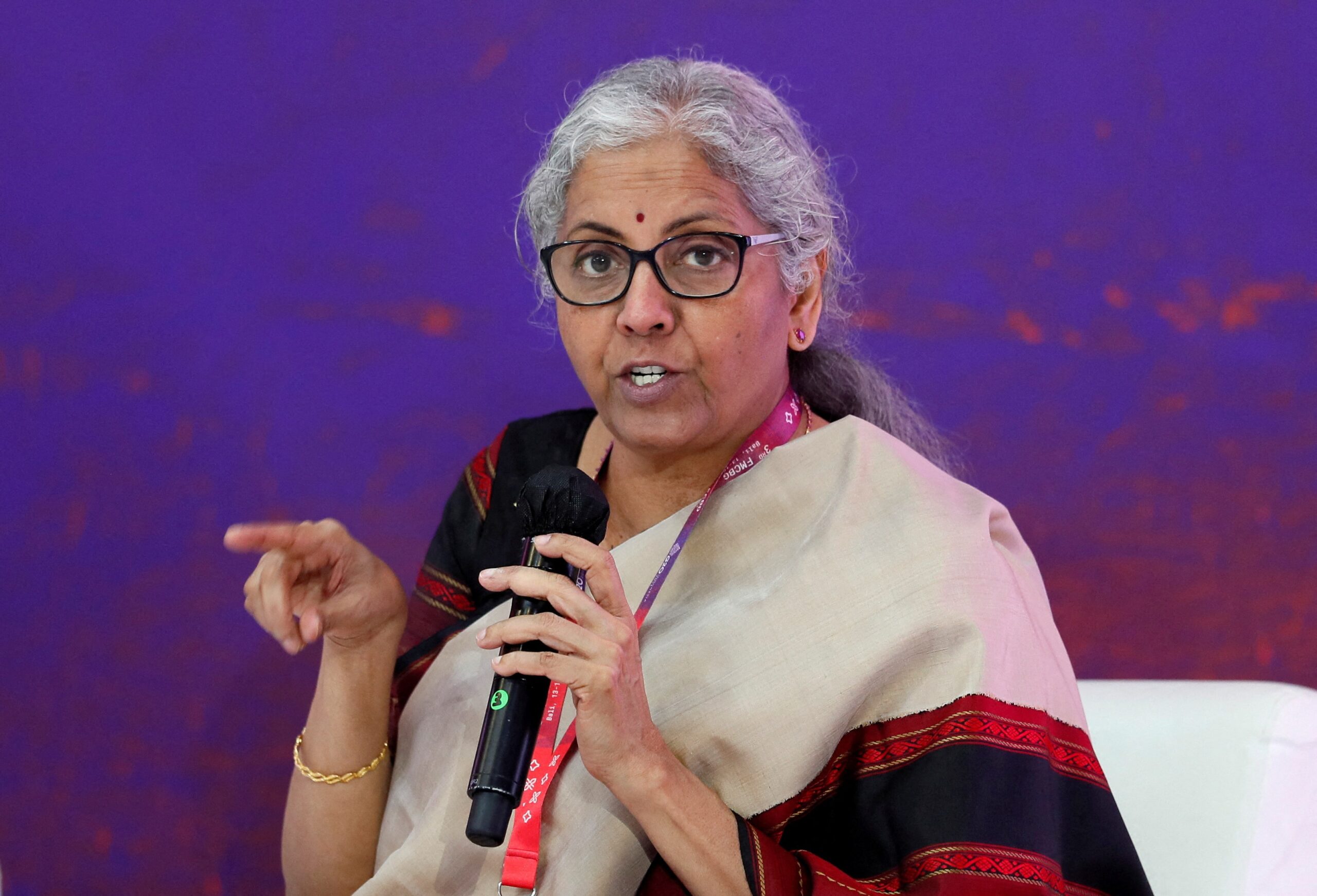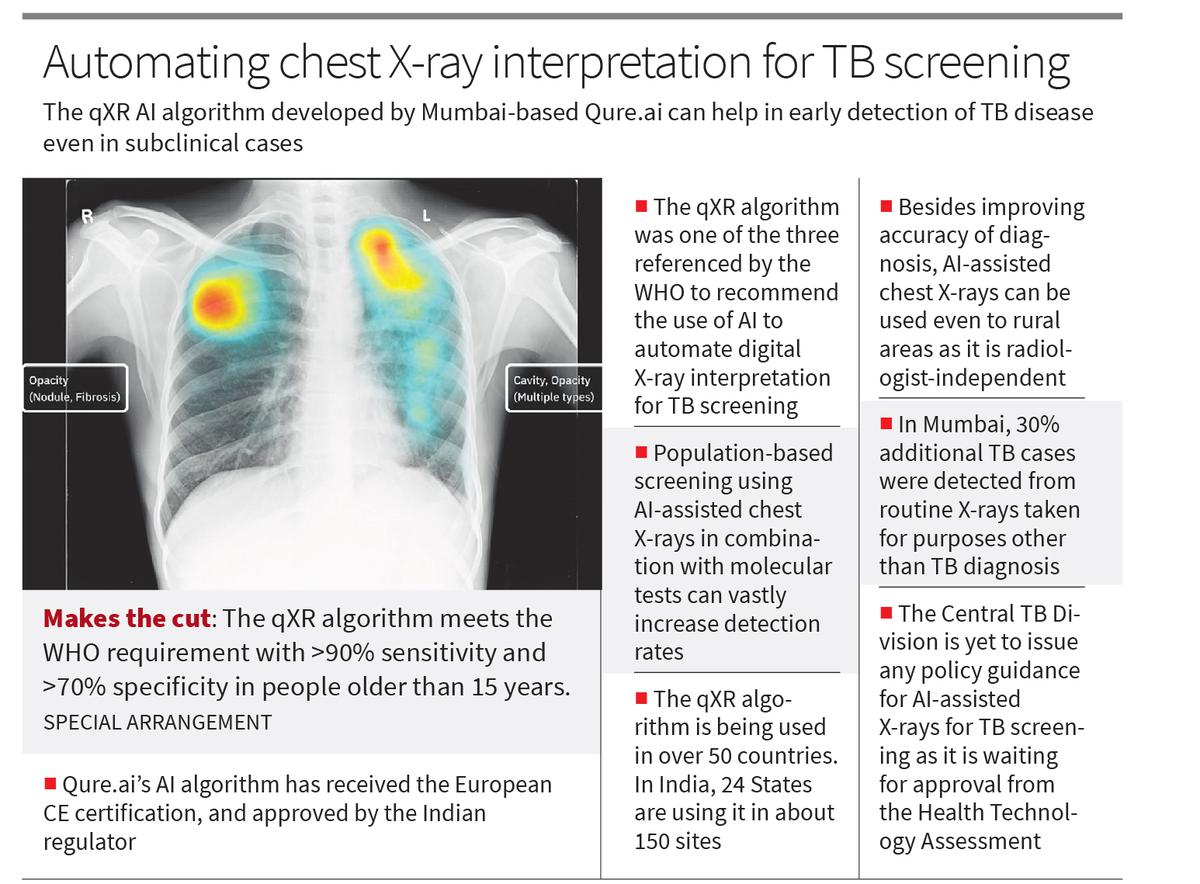S Somanath, Chairman, Indian Space Research Organisation (ISRO)
| Photo Credit: The Hindu
Nearly 95% of the components used in the rockets, including those used in Chandrayaan 3 mission, were made in India and were a result of several years of development involving the Indian Space Research Organisation and Indian industries, S Somanath, Chairman, Indian Space Research Organisation said at the Foundation Day celebrations of the Council of Scientific and Industrial Research (CSIR) in New Delhi.
“These have not come about just like that and have come over several years…and is a result of collaborations with various agencies, including Indian laboratories, national labs, defence labs, and CSIR labs, focusing on material indigenisation, technology capabilities, and research,” he said.
ISRO built its own lithium-ion batteries for space applications and was now in the process of transferring it to industry, he added. Such batteries are at the heart of several applications ranging from electric cars to powering small portable devices.
Several key components, such as the microprocessor chip in the launch vehicle, were made at Chandigarh’s Semi Conductor Laboratory (SCL) and only about “five percent of high-end electronics” were imported for the space mission.
“It is not a supercomputer but enough to run a rocket and take it safely into space. The battery systems, storage, solar cells… we’ve been doing this over a long time and have created an industry capable of doing all of this,” he said in his address prior to a ceremony to felicitate the winners of the CSIR-Shanti Swaroop Bhatnagar prizes, awarded annually to recognise scientists under 45 who have done exceptional work in previous years.
Ministry of Science and Technology, and Vice-President, CSIR, Jitendra Singh said that India was seeing sea changes in the way the organisation was being led and geared to address not only national aspirations but also to contribute to India’s socio-economic growth.











